How We Saved Our Client $178,500 in Street Light Costs
One of our street lighting clients came to us with a serious concern: their project costs were spiraling out of control, and they desperately needed more cost-effective lighting solutions. This client had been working with us for some time, but as their projects grew in scope, so did their financial challenges.
After some investigation, we discovered the root of the problem. Our existing street lights had been designed for four-lane roads (two lanes in each direction), but when our client landed contracts for eight-lane highways, the original lights simply couldn’t provide adequate coverage.
Their only option was to install a second row of lights on the right side of the road, which essentially doubled their project costs. No wonder they were frustrated!
The client faced several interconnected challenges:
- Inadequate Coverage: Existing lights couldn’t illuminate eight-lane highways properly
- Doubled Costs: Installing two rows of lights made projects financially unsustainable
- Limited Options: Standard market solutions weren’t addressing their specific needs
- Competitive Pressure: Rising costs were making them less competitive on larger projects
We tackled this challenge in three progressive phases:
Version 1.0 – The Extension Arm Solution Our first approach was to add extension arms to the existing lights. These arms would angle the lights higher and extend them further out, allowing them to illuminate areas that were previously out of reach.
However, this solution came with significant drawbacks. The extension arms added 50% to the structural costs (if a light structure cost $2, the arm added another $1), plus increased shipping and installation costs due to their size and weight. While this solved the immediate problem, it was far from ideal.
Version 2.0 – The Lens Innovation Realizing that the extension arm was just adjusting the light distribution angle, we thought: why not solve this at the lens level instead? This is where things got interesting—and complicated.
Our supply chain management at the time only reached our primary suppliers, and we knew virtually nothing about secondary suppliers like lens manufacturers. We had to rely on our supplier’s procurement team to recommend different lens options, then ship samples overseas for real-world testing. After countless samples and nearly two months of back-and-forth, we still hadn’t found the right solution.
Frustrated with the inefficiency, we flew directly to our supplier’s facility and spent hours searching through their sample room. Finally, we found a lens that looked promising—but then came the bombshell: the procurement team couldn’t remember which factory had supplied it!
The Detective Work We weren’t giving up. We took the lens to the supplier’s sales department and asked if they remembered selling similar lenses to other clients. They wouldn’t reveal names but mentioned it was developed for a German client years ago.
That night, we used customs data to identify the German client, then researched all their suppliers until we found a lens manufacturer in their supply chain. The next day, we confirmed with our supplier—bingo! But this time, we decided to work directly with the lens factory.
Direct Collaboration Working directly with the lens manufacturer was a game-changer. We could conduct simulation tests on-site instead of shipping samples internationally. However, there was a new challenge: this European-focused manufacturer knew nothing about North American standards and certifications. Our client, being a project contractor rather than a lighting engineer, could only provide us with dozens of pages of technical specifications in English.
So we rolled up our sleeves and dove deep into those technical documents, translated complex standards into simple Chinese for the lens factory engineers, and worked together to design the optimal solution. We spent two weeks fine-tuning the product structure based on test results.
Version 3.0 – Supply Chain Optimization Through this process, we gained deep knowledge about optics and lens products. This expertise allowed us to optimize the lens supply chain further, achieving an additional 60% cost reduction on the lens components themselves.
When our client received the final lens samples and tested them, we got the email we’d been waiting for: “The test result is great!”
The client placed orders for 5×40′ HQ containers with our newly developed lens solution. By eliminating the need for expensive extension arms, we saved them $178,500 in procurement costs alone (not including the additional savings in shipping and installation costs).
Beyond the immediate savings, this project transformed our understanding of optical components and strengthened our supply chain management capabilities, positioning us to deliver even better value to future clients.
“Working with ASG on this street lighting challenge was incredible. They didn’t just find us a cheaper product—they completely reimagined the solution. Their determination to dig deep into our technical requirements and work directly with specialized manufacturers shows the kind of partnership we value. The $178,500 savings was just the beginning; their innovative approach opened up new possibilities for our future projects.” — Street Lighting Client


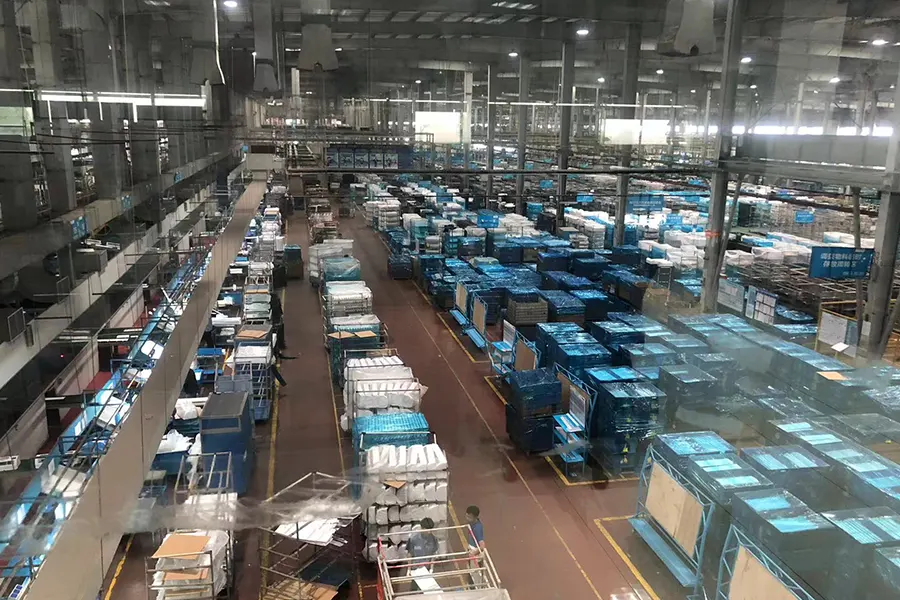
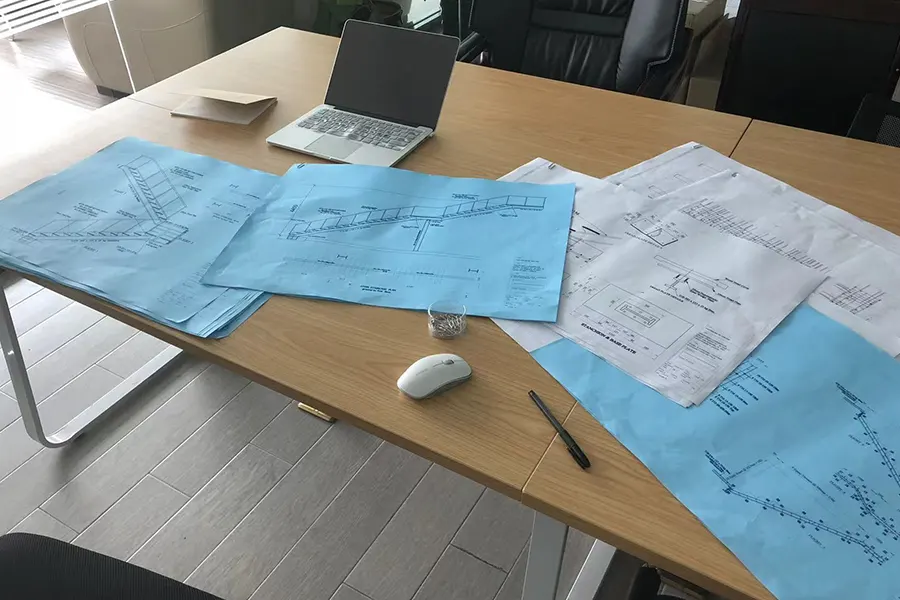
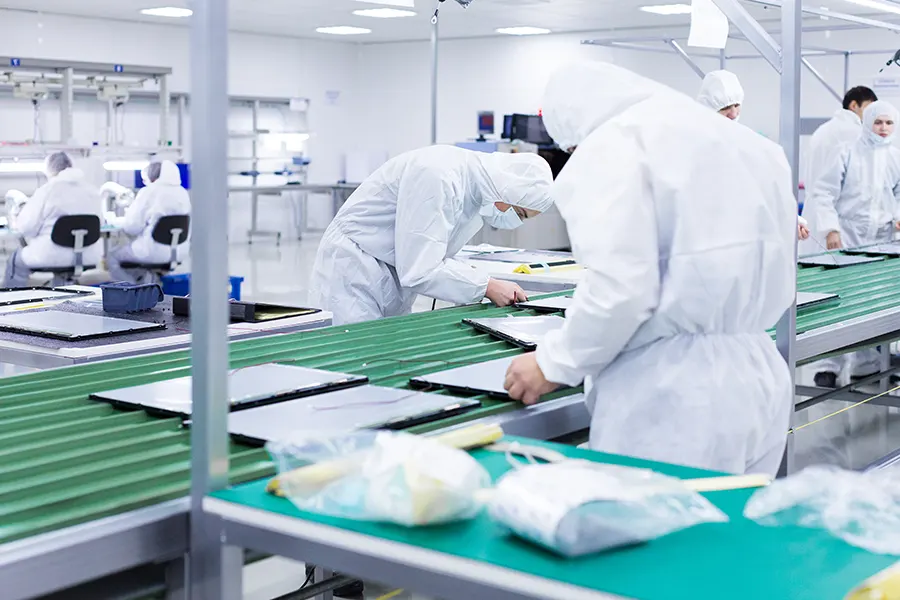



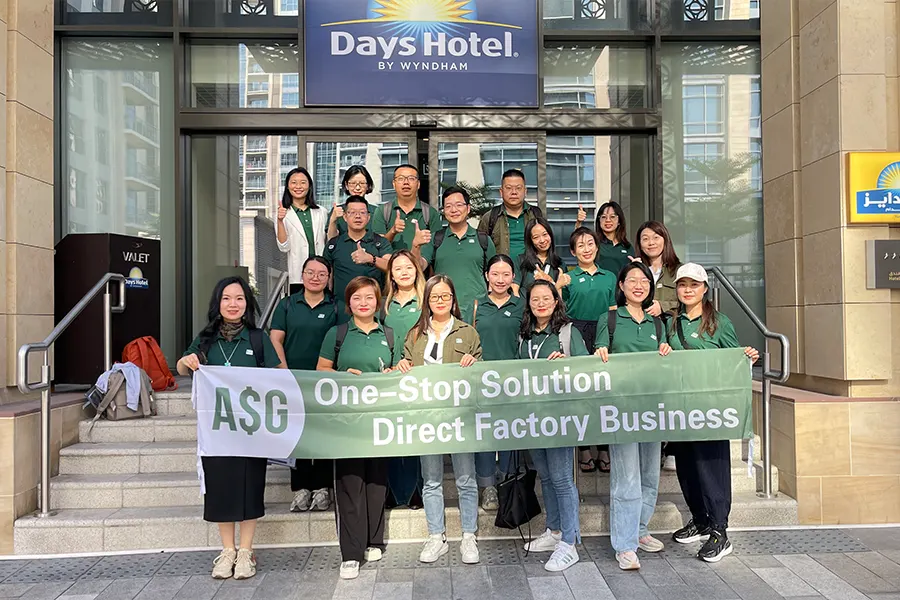
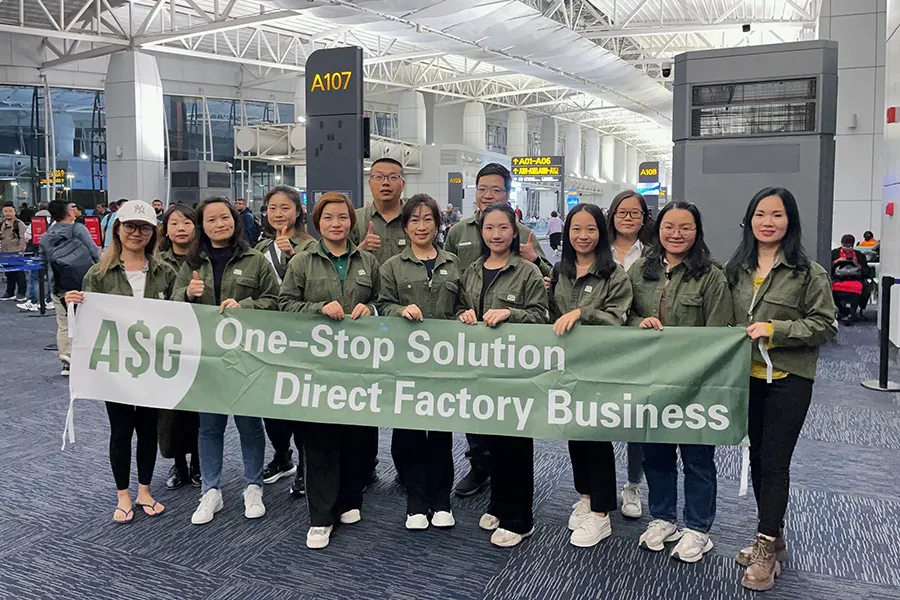
-300x198.png)